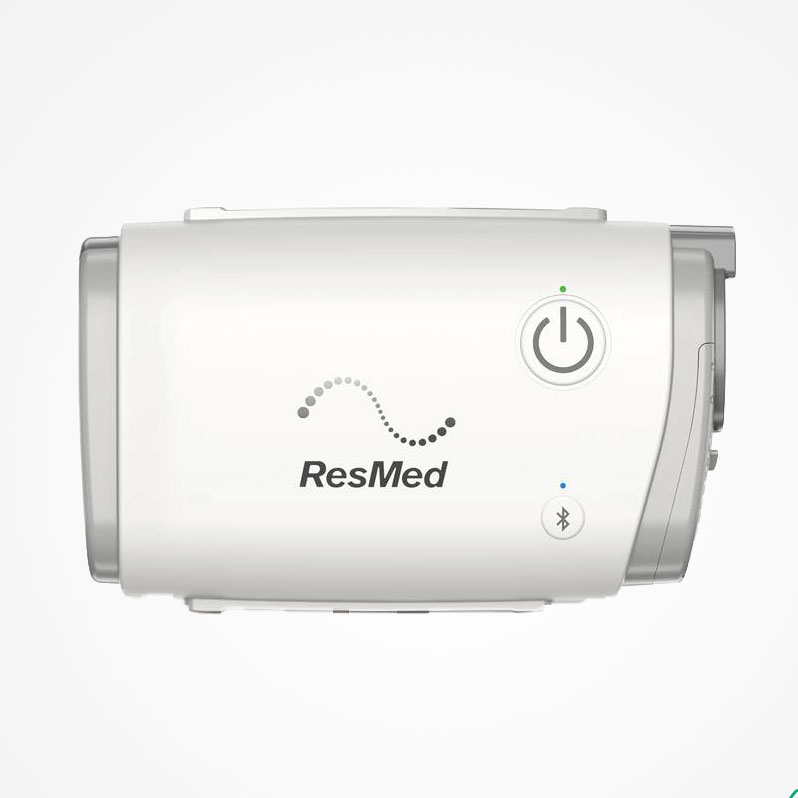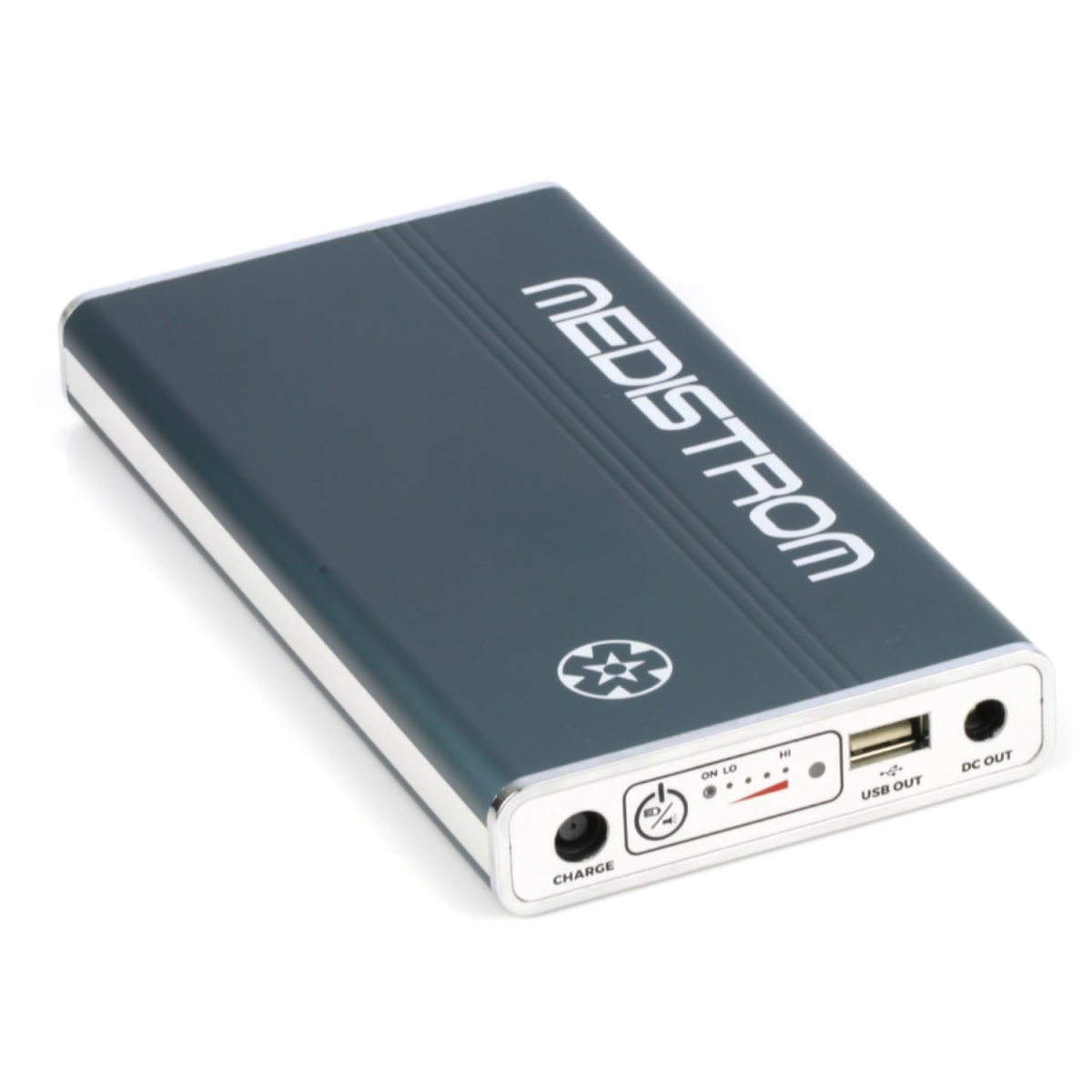Compatible devices: ResMed AirSense 10, AirMini and Loewenstein Prisma machines.
Last updated on December 3rd, 2024 at 11:09 am
We understand it can be challenging to travel when you have Sleep Apnoea, but hopefully, this blog will make it a little easier.
Travelling with Sleep Apnoea is more common than you think. There is a growing awareness of CPAP (Continuous Positive Airway Pressure). You can take your CPAP machine to most places in the world. Our CPAP devices all include carrying bags that can be used while travelling.
We understand that wherever you go, your Sleep Apnoea follows; here are some helpful tips:
Purchase a travel CPAP
If you have Sleep Apnoea, travelling with your machine is essential. Travelling with your daily device can take up quite a bit of room.
You could consider a travel CPAP device as it provides the same performance and productivity.
The differences and benefits of travel devices:
- Portability – these devices are easy to take on your travels (easily used in a car or plane and weigh significantly less).
- Compact – The smaller dimensions of travel CPAP make it convenient to pack (like in a backpack).
It is valuable to remember that as these devices are smaller, their volume can be a little louder than a standard CPAP machine.
If you travel with your daily CPAP machine, ensure your humidifier chamber has been emptied of water.
AirMini
The ResMed AirMini travel CPAP weighs in at only 0.66lbs (299 g). It is a similar size as a can of coke! The AirMini has quickly become a popular travel device for Intus.
Our universal CPAP hose adapter for the AirMini allows you to use ANY mask with your AirMini.
The AirMini offers HumidX waterless humidification to make your journey simpler.

Travelling by plane with your CPAP?
If you are a CPAP user travelling by plane, ask your airline if you are able to use your CPAP on the plane. Enquire whether you can plug into the plane’s power or need to use a battery.
If you have a letter stating your diagnosis/requirement for CPAP, then we would suggest taking a copy of this with you when you fly.
Informing your airline can make the build-up to your journey simpler. If you receive a letter or email stating you can travel with your CPAP, take it with you.
Keep in mind you can carry your CPAP as hand luggage, so it doesn’t take up any packing space.
There is no need to worry about going through airport security with your CPAP, as they can safely go through x-ray scanners.
When going through security at the airport, we advise taking your CPAP out of its carry case to speed up the process for you.
If your device is battery-powered, you may be asked to turn it on by security – so make sure it has enough battery beforehand.
You can also contact your airline for a floor plan to ensure you sit by a suitable power outlet. Checking the power cable and adapter used on the flight will help save confusion.
It is advised that you take important documents (a letter/prescription from your doctor explaining your need for CPAP therapy) to avoid more complications if something happens.
The Sleep Apnoea Trust have more information on UK airlines and Sleep Apnoea.
Mains power and batteries

You should inquire about available mains power when travelling with your CPAP machine. This ensures you can always use your device wherever you are.
If you have access to mains power, taking an extension cord helps avoid the struggle of plug placement – simply pack it in your travel bag or carry bag.
You could purchase a CPAP battery pack if you travel away from mains power – you will need a 12v battery.
- If you plan on taking a battery on a plane, consider – Pilot Lite Batteries. These batteries are small and lightweight, making them great to take away with you. The small and compact Pilot-24 Travel Battery Pack can keep your CPAP machine running for 1-2 nights when you’re not near a power outlet.
If you would like to take a battery with you on a flight, please inform your airline and check if you can.
When taking a battery on a flight, ensure it is charged before you go. It is estimated that a Lithium-Ion battery has a life span of around 2-3 years or 300 to 500 charge cycles. Test your battery regularly to keep it going!
If you plan on travelling in a car, boat or another vehicle, consider a DC power adapter.
If you’re travelling internationally, consider purchasing a country-specific adaptor to ensure you can power your CPAP.
For those with positional or mild Sleep Apnoea, you could consider a mandibular advancement device (MAD); this does not require any main power. MADs are mouthguards that gently pull the lower jaw forward, creating more space at the back of the throat to prevent an airway closure.
CPAP cleaning wipes
You are always encouraged to keep your CPAP equipment in good hygiene wherever you go – taking cleaning wipes makes life easier!
If you travel to hotter climates, bacteria and fungi grow faster, meaning cleaning your equipment is essential. Cleaning your equipment increases its longevity, essentially making it last longer – saving you money.
CPAP cleaning wipes are affordable and efficient when travelling. They confidently disinfect surfaces and remove face oils from your CPAP mask.
Need more tips?
Contact us if you need more tips or visit our Travelling with CPAP FAQ’S.



